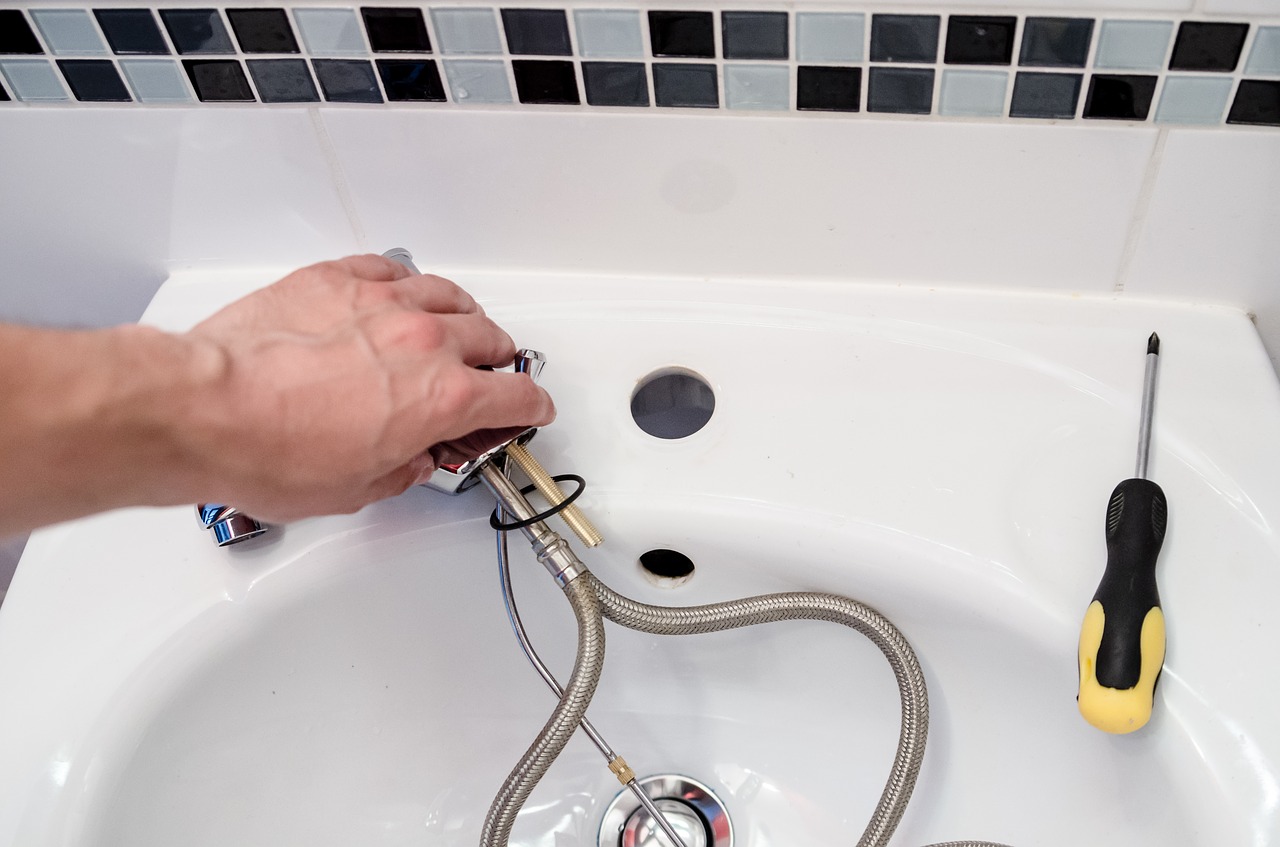

Articles
How Much Can A Leaky Faucet Cost You
Modified: October 20, 2024
Discover the potential financial consequences of a leaky faucet with articles covering the costs associated with ignoring or delaying repairs. Protect your wallet today!
(Many of the links in this article redirect to a specific reviewed product. Your purchase of these products through affiliate links helps to generate commission for Storables.com, at no extra cost. Learn more)
Introduction
A leaky faucet may seem like a minor annoyance, but it can have a significant impact on both your finances and the environment. Every drop of water that drips from a leaky faucet adds up over time, resulting in wasted water and higher water bills. In this article, we will explore the true cost of a leaky faucet, both in terms of money and the environment. We will also provide tips on how to detect and fix a leaky faucet, as well as preventive measures to avoid faucet leaks altogether.
Key Takeaways:
- A leaky faucet can waste up to 3,000 gallons of water per year, leading to higher water bills and environmental strain. Prompt detection and repair can save money and contribute to water sustainability.
- Preventive measures such as regular maintenance, gentle operation, and addressing water pressure issues can help avoid faucet leaks, conserving water and extending the lifespan of faucets.
Read more: How To Fix A Leaky Moen Faucet
Understanding the Impact of a Leaky Faucet
Many people underestimate the impact of a leaky faucet, often dismissing it as a minor inconvenience. However, the reality is that even a slow drip can result in a significant amount of water loss over time. According to the Environmental Protection Agency (EPA), a single leaky faucet, dripping at a rate of one drop per second, can waste up to 3,000 gallons of water per year.
Not only does this wasted water lead to higher water bills, but it also puts unnecessary strain on our freshwater resources. Freshwater is a finite resource, and with growing global water scarcity, it is crucial to be mindful of our water consumption. By fixing leaky faucets, we can conserve this precious resource and contribute to water sustainability.
Furthermore, the continuous dripping of a leaky faucet can cause damage to your plumbing fixtures, including the faucet itself and the surrounding areas. Water stains, mold growth, and decay can occur if the leak is left unaddressed. These issues not only impact the aesthetics of your home but also require costly repairs and replacements.
Additionally, the sound of a dripping faucet can be quite bothersome, disrupting your sleep and overall peace of mind. The constant dripping noise can be a source of irritation and frustration, affecting your quality of life. Resolving the leak will not only save water and money but also provide a quieter and more comfortable environment.
It’s important to note that the impact of a leaky faucet extends beyond the immediate consequences. Wasted water and the associated cost are just the tip of the iceberg. The environmental implications of our water usage, as well as the long-term financial implications, should motivate us to take action when confronted with a leaky faucet.
Factors that Contribute to Water Loss
Several factors can contribute to water loss through a leaky faucet. Understanding these factors can help you identify potential causes and address them promptly. Here are some common factors:
- Worn-out washers: The wear and tear of washers over time can cause them to become loose or develop cracks, resulting in water leakage.
- Corroded valve seat: The valve seat, which connects the faucet and the spout, can corrode due to mineral buildup. This corrosion can lead to leaks around the spout.
- Improper installation: Faulty installation can cause misalignment, loose connections, or improper sealing, leading to water leakage.
- High water pressure: Excessive water pressure can put strain on the faucet, causing it to leak. This is especially common in areas with high water pressure or if a pressure regulator is not installed.
- Cracked or damaged parts: Any cracks or damages in the faucet components, such as the handle, stem, or cartridge, can result in water leakage.
- Hard water: Hard water contains minerals like calcium and magnesium that can build up and cause blockages or damage to faucet parts, leading to leaks.
- Freezing temperatures: In colder climates, frozen water inside the pipes can cause expansion, leading to pipe bursts and subsequent leaks.
These factors can contribute individually or in combination to a leaky faucet. By understanding these potential causes, you can systematically diagnose and resolve the issue to prevent further water loss.
The Financial Cost of a Leaky Faucet
A leaky faucet not only wastes water but also adds to your monthly water bill, resulting in unnecessary expenses. The financial impact of a leaky faucet can vary depending on the severity of the leak and the rate of water loss. However, even a small leak can have a substantial impact on your budget over time.
Let’s consider a simple scenario: a faucet that drips at a rate of one drop per second. According to the United States Geological Survey (USGS), a single drop is around 0.25 milliliters of water. Based on this estimation, a leaky faucet can waste approximately 2.2 liters of water per day, which is equivalent to about 800 liters per year.
The exact cost of this water wastage depends on your local water rates. On average, households in the United States pay around $0.005 per liter of water. Using this average rate, the annual cost of the wasted water from a leaky faucet would amount to approximately $4.
While $4 may not sound like a significant amount, consider the cumulative effect over time. If the leak persists for several months or even years, the cost can add up to a substantial sum. Additionally, if you have multiple leaky faucets in your home, the financial impact can be even greater.
It’s important to understand that this estimate only takes into account the cost of the wasted water. It does not factor in the cost of repairs or potential damage caused by the leak. If the leak leads to water damage that requires professional assistance, the expenses can significantly increase.
By fixing a leaky faucet as soon as it is detected, you can avoid these unnecessary financial costs. It’s a small investment compared to the potential long-term expenses associated with prolonged water wastage.
Moreover, addressing the leak promptly can help you save money on your water bill and allocate those funds towards more important priorities. It’s a simple and cost-effective way to reduce your water consumption and improve your overall budgetary control.
A leaky faucet can waste up to 3,000 gallons of water per year, leading to higher water bills. Fixing the leak can save you money and conserve water.
Environmental Consequences of a Leaky Faucet
The environmental consequences of a leaky faucet extend beyond just wasting water. Water is a precious resource that is essential for life, and by allowing it to drip away, we contribute to environmental degradation and water scarcity. Here are some environmental consequences of a leaky faucet:
- Water scarcity: Freshwater resources are limited, and wasting water through a leaky faucet exacerbates water scarcity. By conserving water, we can help ensure there is enough for essential needs, ecosystems, and future generations.
- Ecosystem disruption: Water is crucial for maintaining the health of ecosystems, including rivers, lakes, and wetlands. Wasting water through leaks reduces the availability of water for habitats and wildlife, disrupting ecosystems and their delicate balance.
- Energy consumption: Treating and delivering water to households requires energy. When water is wasted, it not only depletes water sources but also results in unnecessary energy consumption and increased carbon emissions from water treatment and transportation processes.
- Water pollution: Wasted water from leaks can carry pollutants and contaminants from the plumbing system and deposit them in water bodies. This can contribute to water pollution, affecting aquatic life and ecosystems.
- Climate impact: The energy used to treat and transport water contributes to greenhouse gas emissions. By reducing water waste, we can indirectly mitigate climate change impacts.
- Biodiversity loss: Water is essential for maintaining biodiversity. Wasting water through leaks can have cascading effects on ecosystems, leading to a loss of biodiversity and impacting plant and animal species that rely on water sources.
Addressing leaky faucets is a simple yet effective way to minimize these environmental consequences. By fixing leaks promptly, we can conserve water, reduce energy consumption, protect ecosystems, and contribute to a more sustainable and resilient environment.
It’s important to remember that every drop counts. Taking action at an individual level can create a ripple effect, inspiring others to address leaks in their homes and collectively making a significant impact on water conservation and environmental preservation.
Read more: How To Stop A Leaky Kitchen Faucet
Detecting and Fixing a Leaky Faucet
Detecting and fixing a leaky faucet is essential to save water, prevent unnecessary expenses, and contribute to water conservation efforts. Here are some steps to help you detect and fix a leaky faucet:
1. Identify the leak:
Start by determining if the leak is coming from the spout or the base of the faucet. If water is flowing from the spout while the faucet is turned off, it indicates a problem with the internal components. If water is leaking from the base, it may be due to loose or damaged connections that require tightening or repair.
2. Turn off the water supply:
Before attempting any repairs, turn off the water supply to the faucet. Locate the shut-off valves under the sink or near the main water supply and turn them clockwise to shut off the water flow.
3. Disassemble the faucet:
Carefully disassemble the faucet by removing the handle and any decorative caps or coverings. Use a screwdriver or Allen wrench (depending on the type of faucet) to loosen the screws holding the handle in place.
4. Inspect and replace components:
Inspect the components, including the washer, O-rings, and valve seat, for wear and tear or damage. If you notice any signs of deterioration, replace them with new parts. It is advisable to bring the old components to a hardware store to ensure you get the correct replacements.
5. Clean the faucet:
While the faucet is disassembled, clean any mineral buildup or debris that may be causing the leak. Soak the parts in a vinegar solution or use a brush to scrub away the buildup. This will help improve the faucet’s performance and prevent future leaks.
6. Reassemble and test:
Once you have replaced worn-out parts and cleaned the faucet, reassemble it in the reverse order of disassembly. Make sure all connections are tight and secure. Turn on the water supply and test the faucet for any signs of leaks. If the leak persists, recheck the components and connections to ensure proper installation.
If you are uncomfortable or unsure about fixing the leaky faucet yourself, it is recommended to consult a professional plumber. They have the expertise and tools to quickly diagnose and repair the issue, minimizing water loss and potential damage.
Remember, regular maintenance and prompt attention to leaks can prevent costly repairs and conserve water in the long run. By addressing a leaky faucet as soon as it’s detected, you contribute to a more sustainable and water-efficient household.
Preventive Measures to Avoid Faucet Leaks
Prevention is key when it comes to avoiding faucet leaks. By taking proactive measures, you can reduce the likelihood of leaks occurring and extend the lifespan of your faucets. Here are some preventive measures to keep in mind:
1. Use quality faucets:
Invest in high-quality faucets from reputable brands. Quality components are less likely to deteriorate or fail, providing you with a reliable and long-lasting fixture.
2. Schedule regular maintenance:
Schedule regular maintenance for your plumbing system, including your faucets. A professional plumber can inspect the faucets, detect any warning signs of leaks, and address them before they become more significant issues.
3. Avoid excessive force:
Be gentle when operating your faucets. Excessive force can strain the components, leading to leaks or premature damage. Turn the handles or knobs with care to avoid unnecessary stress on the faucet structure.
4. Address water pressure issues:
If you notice unusually high water pressure in your home, consider installing a pressure regulator. Excessive water pressure can lead to leaks and damage to your plumbing system, including the faucets.
5. Clean and maintain your faucets:
Regularly clean your faucets to remove mineral buildup and debris that can cause blockages or damage. Use a gentle cleaning solution and a soft cloth to preserve the finish and prevent scratches.
6. Insulate exposed pipes:
In colder climates, insulate exposed pipes, including those leading to your faucets, to prevent freezing and potential pipe bursts. This can help avoid leaks caused by expanding pipes due to freezing temperatures.
7. Educate household members:
Teach everyone in your household about the importance of conserving water and avoiding unnecessary strain on the faucets. Encourage them to report any leaks or drips promptly so that they can be addressed before further damage occurs.
8. Routinely check for leaks:
Regularly inspect your faucets for any signs of leaks, such as dripping or puddling around the base or handles. Early detection allows for quick repairs and prevents water waste.
9. Consider professional installation:
If you are installing new faucets or making plumbing system updates, consider hiring a professional plumber. They have the expertise to ensure proper installation, minimizing the risk of leaks and future issues.
By implementing these preventive measures, you can maintain the integrity of your faucets, reduce the likelihood of leaks, and save both water and money in the process.
Conclusion
A leaky faucet may seem like a minor inconvenience, but its impact extends far beyond just a dripping noise. It can lead to wasted water, higher water bills, and contribute to environmental degradation. Understanding the true cost of a leaky faucet, both financially and environmentally, empowers us to take action and make a positive change.
By detecting and fixing a leaky faucet promptly, we can conserve water, reduce our water bills, and protect our freshwater resources. Every drop that is saved makes a difference, especially considering the global water scarcity challenges we face today. Additionally, addressing leaks can prevent potential water damage, save on costly repairs, and improve the overall functionality and aesthetics of your home.
Prevention plays a crucial role in avoiding faucet leaks. By investing in quality faucets, scheduling regular maintenance, and practicing gentle operation, we can extend the lifespan of our faucets and minimize the likelihood of leaks occurring. Cleaning and maintaining faucets, addressing water pressure issues, and insulating exposed pipes are also essential preventive measures.
Ultimately, it is our responsibility to be mindful of our water usage and take steps to conserve this precious resource. Fixing leaky faucets is a simple yet effective way to make a positive impact on water conservation and environmental sustainability. By making it a habit to address leaks promptly and educate others about the importance of water conservation, we can contribute to a more water-efficient and resilient future.
So, the next time you notice a leaky faucet, don’t ignore it. Take action, fix the leak, and be a part of the solution. Together, we can make a significant difference in preserving our planet’s water resources for generations to come.
Frequently Asked Questions about How Much Can A Leaky Faucet Cost You
Was this page helpful?
At Storables.com, we guarantee accurate and reliable information. Our content, validated by Expert Board Contributors, is crafted following stringent Editorial Policies. We're committed to providing you with well-researched, expert-backed insights for all your informational needs.
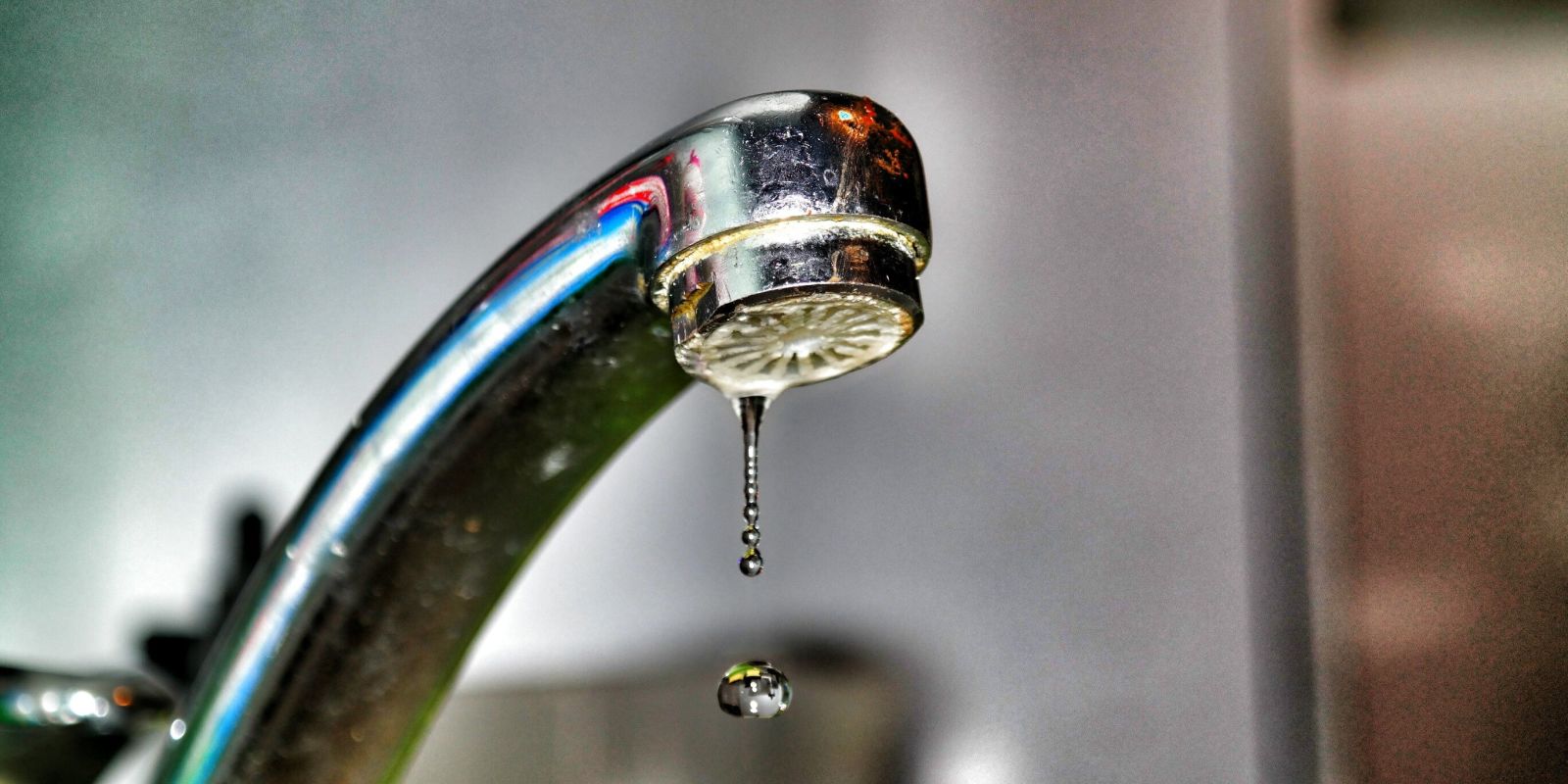
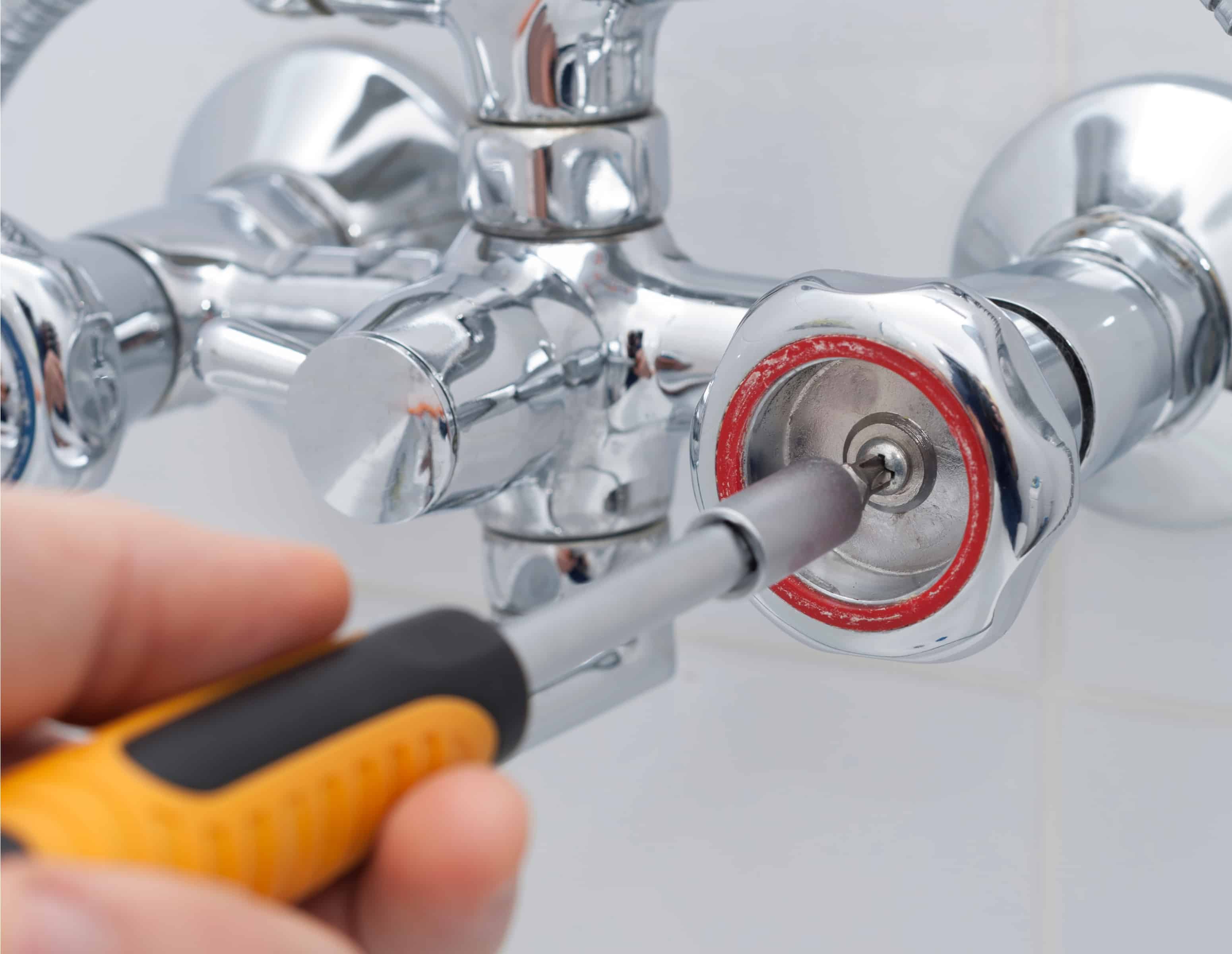
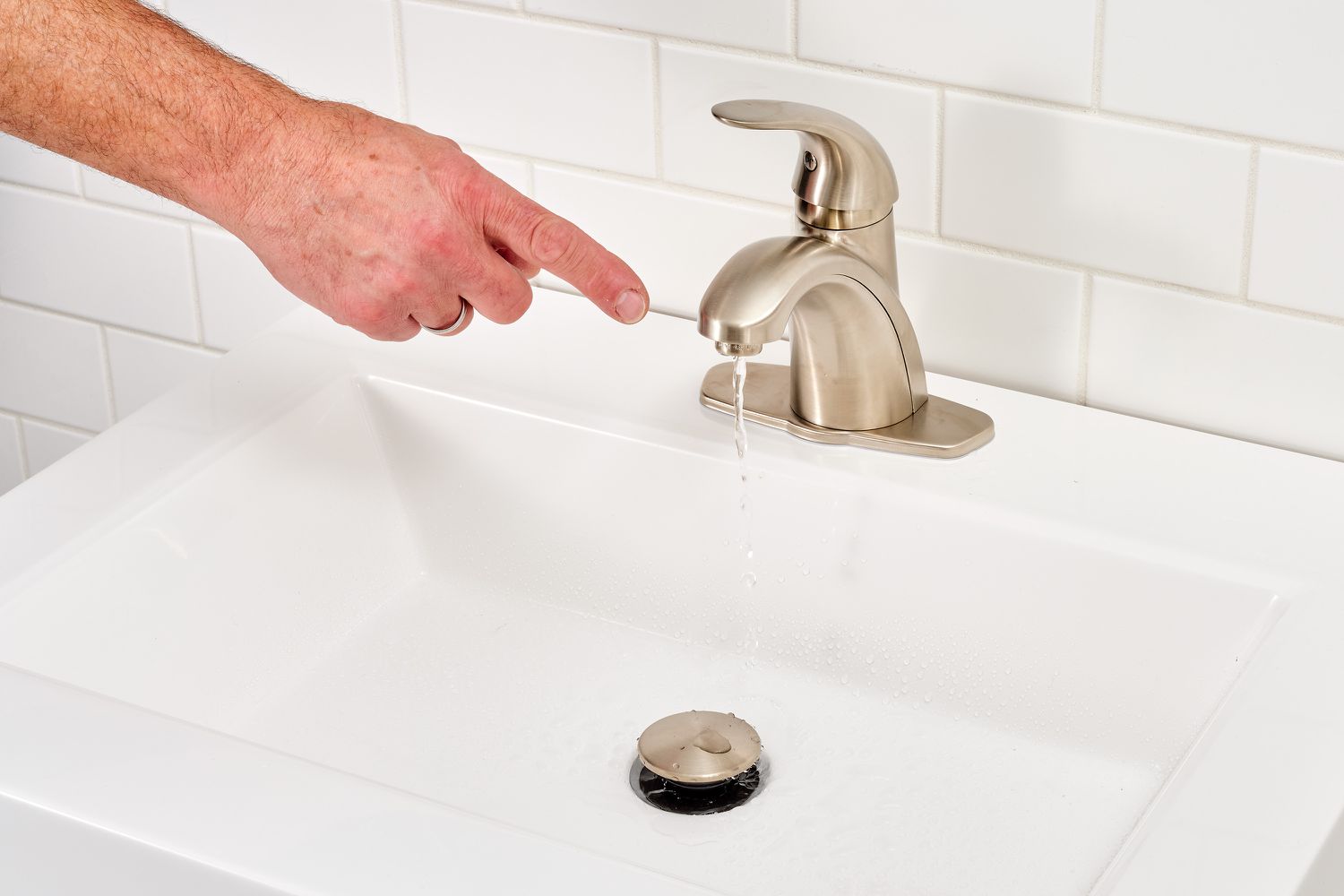
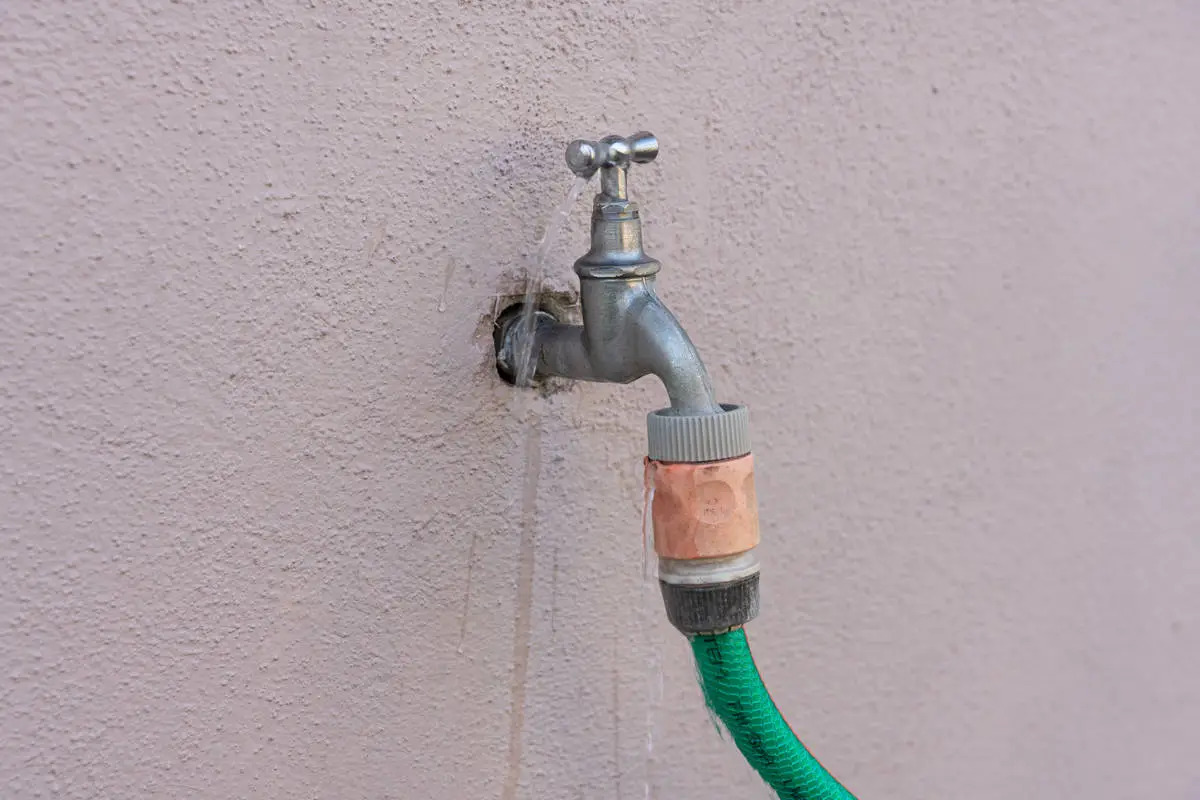
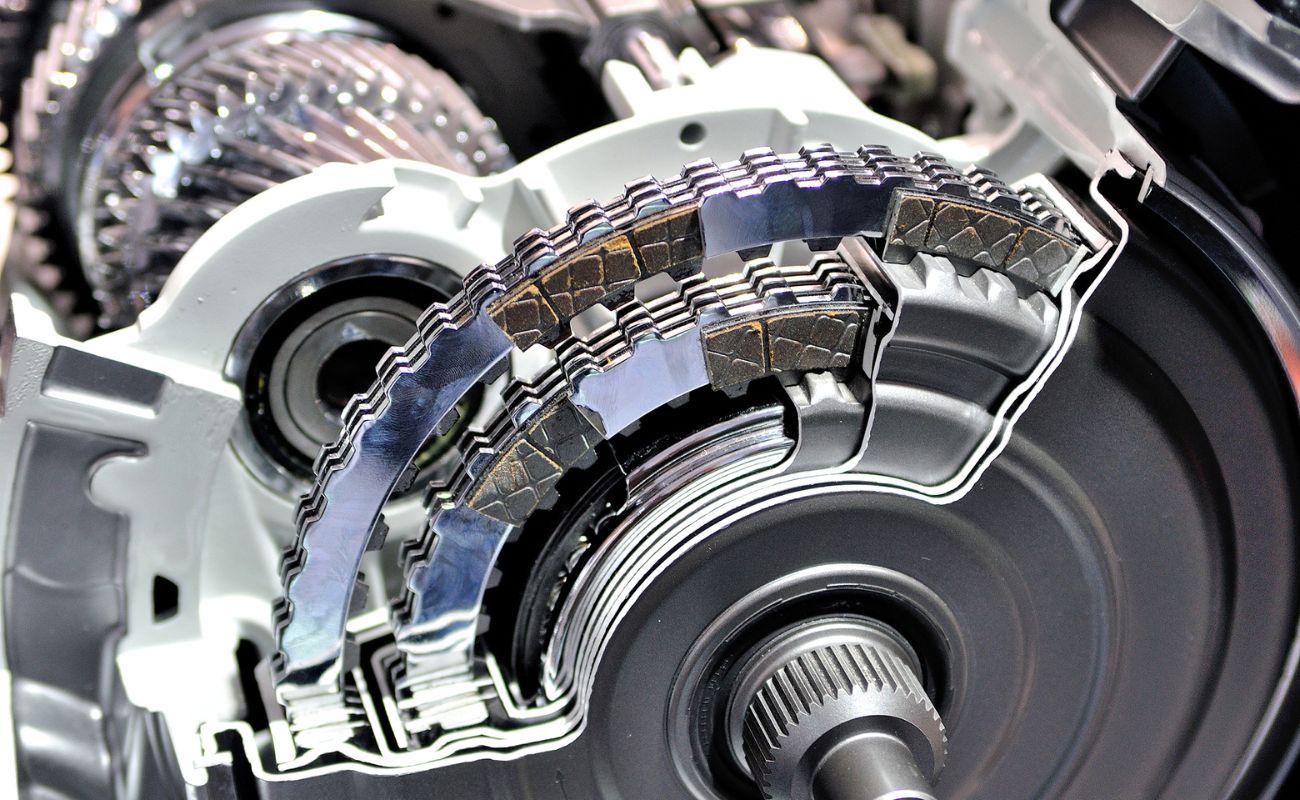
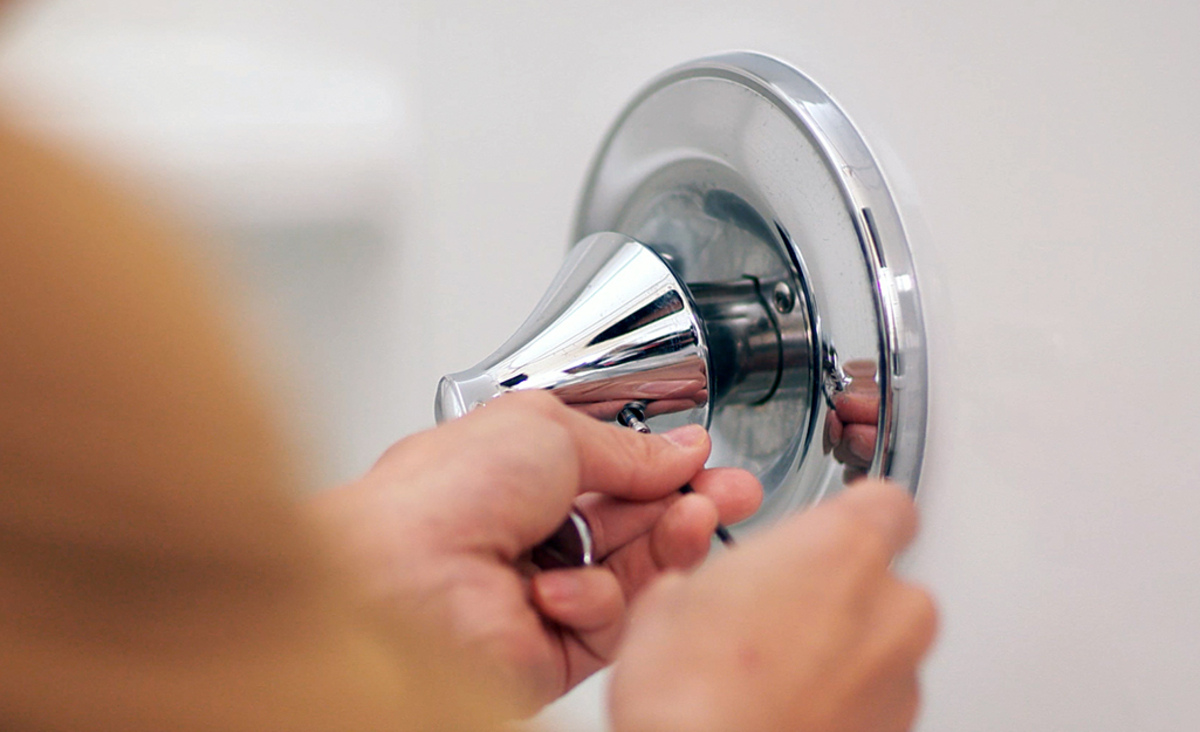
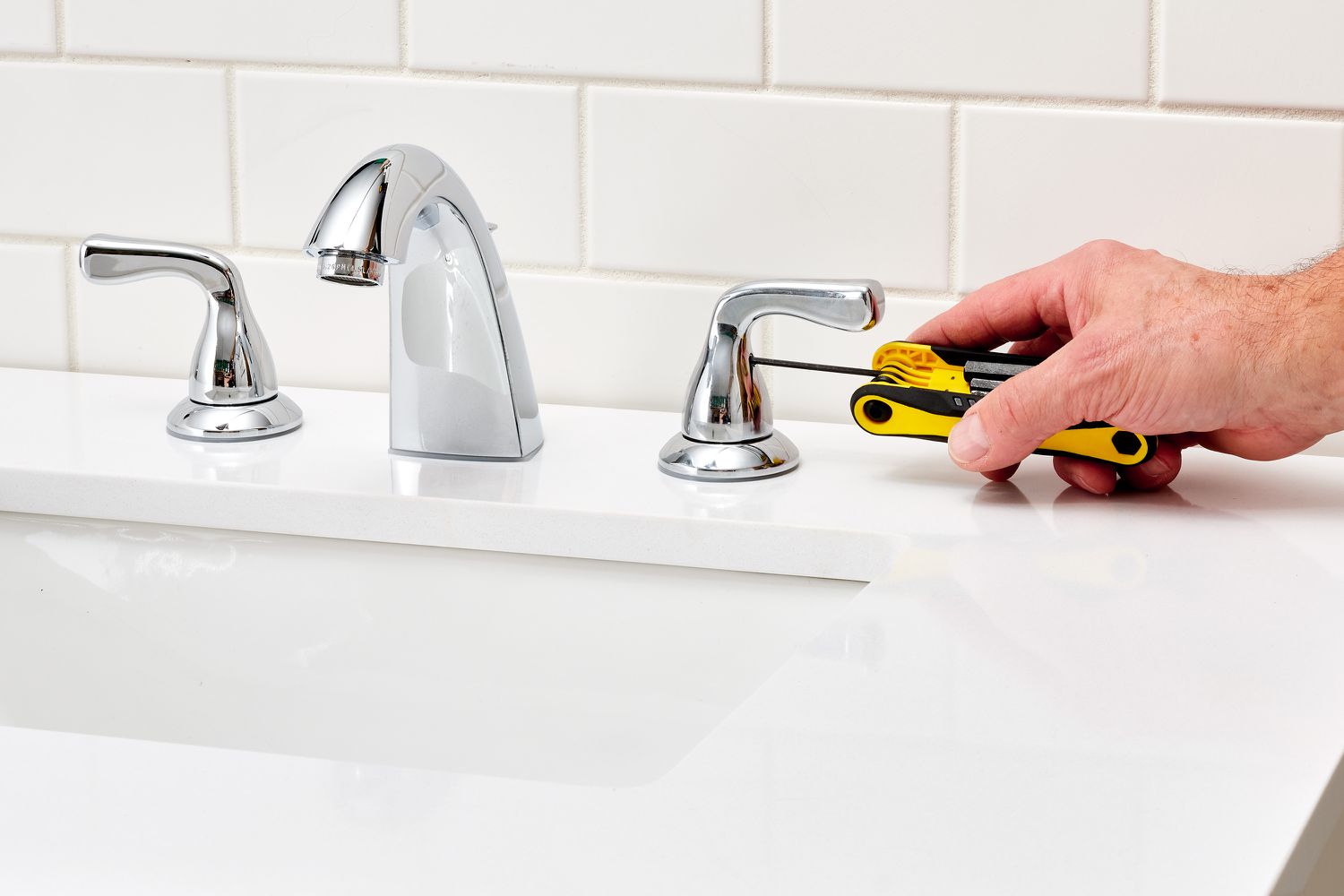
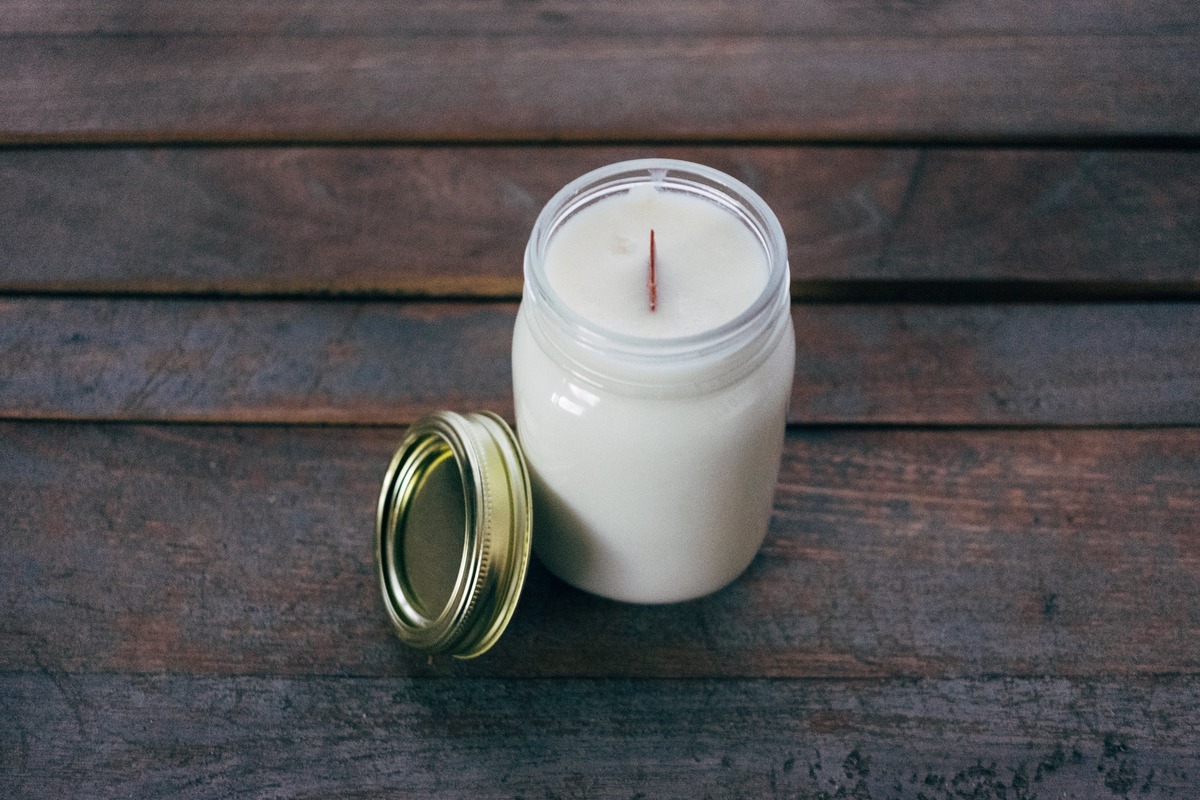
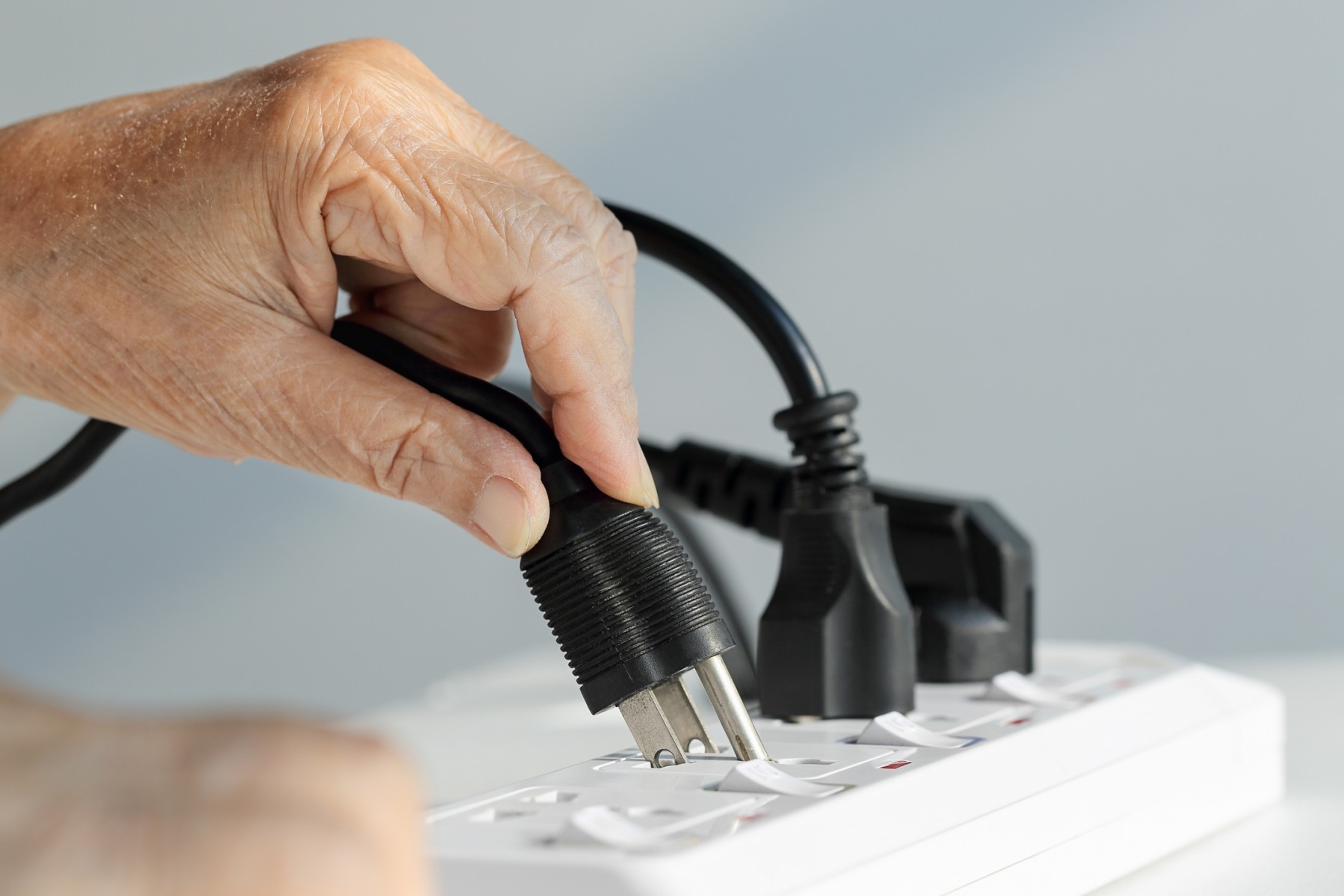


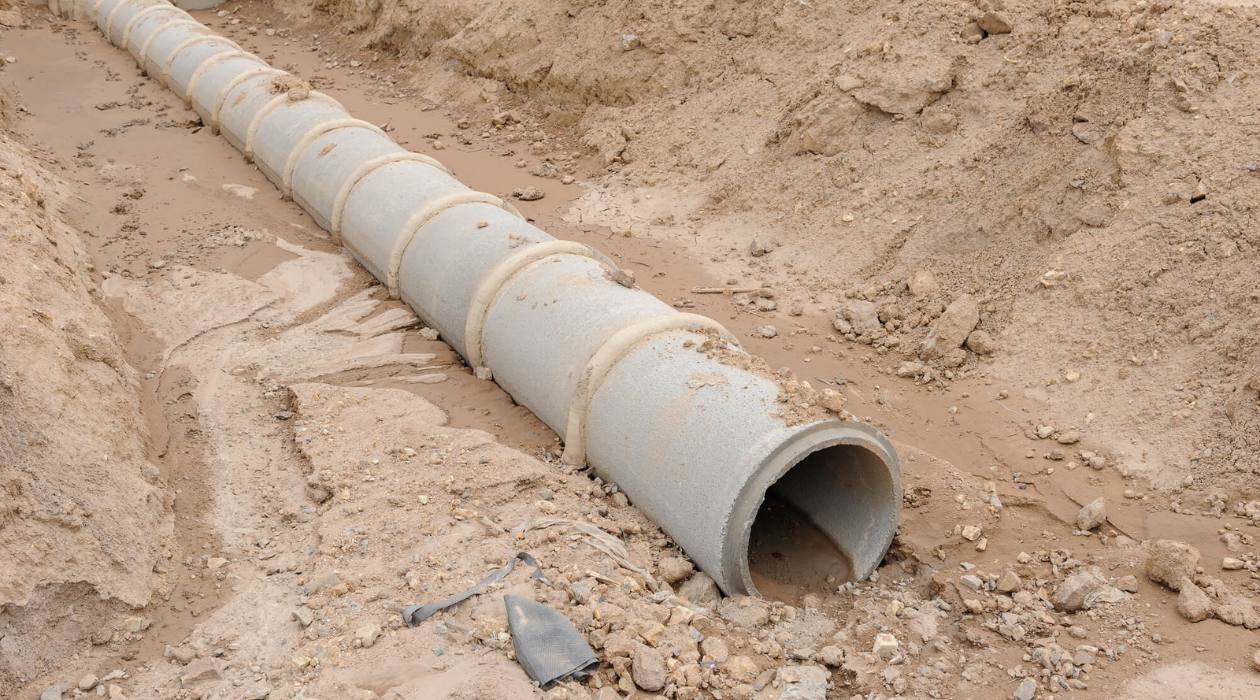



0 thoughts on “How Much Can A Leaky Faucet Cost You”